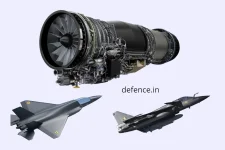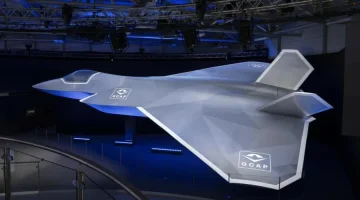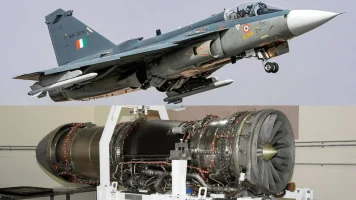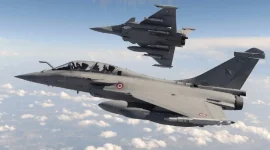- Views: 2K
- Replies: 8

The Indian Ministry of Defence (MoD) has announced a significant step towards modernizing its air defense capabilities with the release of a Request for Information (RFI) for six Airborne Early Warning and Control (AEW&C) systems. This move signals India's commitment to enhancing surveillance and threat response mechanisms in the face of evolving security challenges.
The MoD is seeking proposals from registered Indian vendors for these sophisticated systems, which are designed to provide comprehensive situational awareness and long-range radar detection. The AEW&C systems will be a critical component of the Indian Air Force's (IAF) network-centric operations, enabling real-time data integration and effective battle management.
According to the RFI, the AEW&C system must be based on a modified jet aircraft capable of sustained high-altitude operation, with an endurance of over eight hours and air-to-air refueling capabilities. The aircraft must also be able to operate from airfields at high elevations.
At the heart of the system is a powerful Active Electronically Scanned Array (AESA) radar with 360-degree coverage. This advanced radar technology will allow the IAF to detect and track a wide range of airborne targets, from large aircraft to small unmanned aerial vehicles (UAVs) and helicopters, even at long ranges and varying altitudes. The radar will also include specialized modes for ground surveillance and tracking hypersonic threats.
In addition to the radar, the AEW&C system will feature electronic surveillance measures (ESM), missile warning systems, and countermeasure systems to protect against potential threats. The system will be integrated with the IAF's existing data links and C2 network, ensuring seamless information sharing and coordinated responses.
The MoD has emphasized the importance of indigenous technology in this procurement. While the RFI does not mandate a fully indigenous system, vendors are encouraged to propose solutions with significant Indian content, aligning with the 'Make in India' initiative.
The procurement process will adhere to the Defence Acquisition Procedure (DAP) 2020, with an anticipated delivery timeline of 36 to 60 months after the contract is awarded. This acquisition represents a major investment in India's defense infrastructure and underscores the country's focus on maintaining a cutting-edge and responsive air defense network.
While the RFI does not specify the aircraft platform, the requirements suggest a need for an aircraft with greater endurance than the Airbus A320, which currently forms the basis for India's existing Netra AEW&C system. The new system will also feature a more advanced 4D AESA radar, compared to the 3D radar on the Netra. This indicates a significant leap forward in capability for the IAF.




